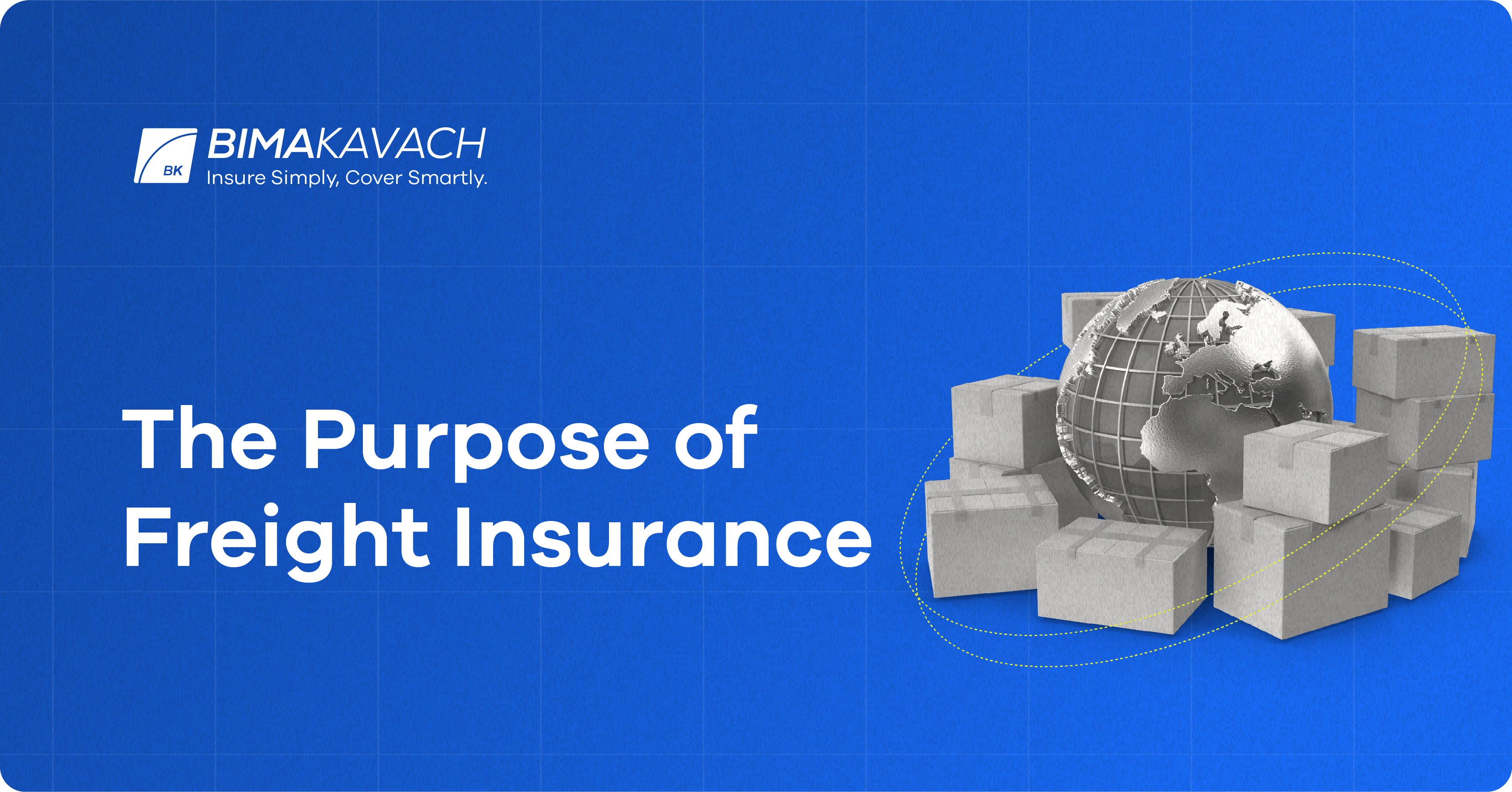10 Easy Facts About Pacific Prime Shown
10 Easy Facts About Pacific Prime Shown
Blog Article
Unknown Facts About Pacific Prime
Table of ContentsThe Of Pacific PrimeEverything about Pacific PrimeSome Of Pacific PrimeThe Of Pacific PrimeThe Definitive Guide for Pacific Prime

This is due to the fact that the information were gathered for a duration of strong financial performance. Of the approximated 42 million people that were without insurance, almost regarding 420,000 (regarding 1 percent) were under 65 years of age, the age at which most Americans become qualified for Medicare; 32 million were grownups in between ages 18 and 65, around 19 percent of all grownups in this age; and 10 million were children under 18 years of age, regarding 13.9 percent of all kids (Mills, 2000).
These quotes of the variety of individuals uninsured are generated from the annual March Supplement to the Present Populace Study (CPS), performed by the Demographics Bureau. Unless or else kept in mind, nationwide estimates of individuals without medical insurance and percentages of the populace with various sort of coverage are based on the CPS, the most widely used source of estimates of insurance protection and uninsurance rates.
The Basic Principles Of Pacific Prime

Still, the CPS is specifically valuable since it generates annual price quotes reasonably promptly, reporting the previous year's insurance policy coverage approximates each September, and since it is the basis for a constant set of price quotes for even more than 20 years, permitting for evaluation of trends in insurance coverage gradually. For these reasons, as well as the considerable use the CPS in various other researches of insurance protection that exist in this record, we rely upon CPS estimates, with constraints noted.

The price quote of the number of without insurance people increases when a population's insurance policy status is tracked for numerous years. Over a three-year period starting early in 1993, 72 million individuals, 29 percent of the united state populace, lacked insurance coverage for at the very least one month. Within a solitary year (1994 ), 53 million individuals experienced at least a month without coverage (Bennefield, 1998a)
Six out of every 10 uninsured adults are themselves employed. Although functioning does improve the probability that a person and one's relative will certainly have insurance, it is not a guarantee. Also participants of families with two full time breadwinner have nearly a one-in-ten opportunity of being uninsured (9.1 percent uninsured rate) (Hoffman and Pohl, 2000).
The Single Strategy To Use For Pacific Prime
New immigrants make up a considerable proportion of people without medical insurance. One analysis has associated a significant portion of the recent growth in the size of the U.S. without insurance population to immigrants who got here in the nation in between 1994 and 1998 (Camarota and Edwards, 2000). Recent immigrants (those who came to the United States within the past 4 years) do have a high rate of being without insurance (46 percent), but they and their kids make up just 6 percent of those without insurance coverage nationally (Holahan et al., 2001).
The connection in between website link health and wellness insurance and accessibility to care is well developed, as recorded later on in this phase. Although the partnership in between medical insurance and wellness results is neither straight nor straightforward, a substantial medical and health and wellness services research literary works web links medical insurance coverage to improved access to care, far better top quality, and boosted individual and population health status.
Degrees of analysis for checking out the effects of uninsurance. It concentrates especially on those without any type of wellness insurance for any kind of length of time.
Pacific Prime Things To Know Before You Buy
The troubles encountered by the underinsured remain in some areas comparable to those encountered by the without insurance, although they are usually much less extreme. maternity insurance for expats. Uninsurance and underinsurance, however, involve noticeably different plan concerns, and the methods for resolving them may differ. Throughout this study and the 5 records to comply with, the main emphasis gets on persons with no medical insurance and thus no aid in spending for health and wellness care beyond what is readily available with charity and safeguard institutions
Medical insurance is an effective aspect impacting receipt of care because both people and medical professionals reply to the out-of-pocket cost of services - https://padlet.com/pacificpr1me/my-harmonious-padlet-xyem37dpr2sq1yce. Health insurance, however, is neither necessary neither adequate to acquire access to clinical solutions. Nevertheless, the independent and direct effect of medical insurance coverage on accessibility to health and wellness services is well developed.
Others will certainly obtain the healthcare they require even without health and wellness insurance coverage, by spending for it out of pocket or seeking it from service providers that offer treatment complimentary or at highly subsidized prices. For still others, medical insurance alone does not ensure invoice of care due to various other nonfinancial barriers, such as a lack of healthcare suppliers in their community, restricted accessibility to transport, illiteracy, or linguistic and cultural distinctions.
The Pacific Prime Ideas
Official study concerning uninsured populations in the United States dates to the late 1920s and early 1930s when the Committee on the Price of Medical Treatment generated a collection of records about financing physician office check outs and hospital stays. This concern came to be salient as the varieties of medically indigent climbed up during the Great Depression.
Report this page